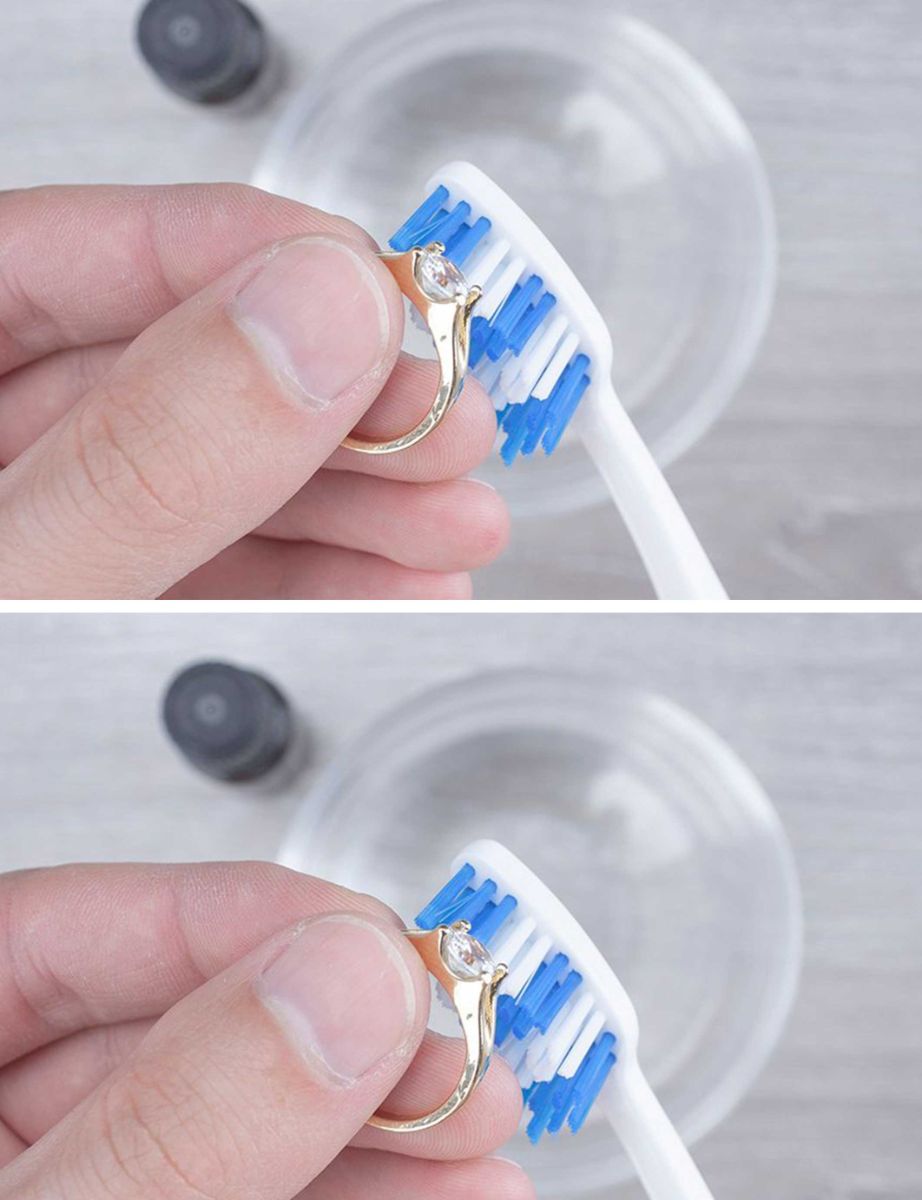ADVERTISEMENT
### 3. **Be Cautious with Water Exposure**
While most jewelry can withstand water exposure, some materials are more sensitive than others. Gemstones like opals, pearls, and emeralds can absorb moisture, leading to potential damage. Additionally, prolonged exposure to water, particularly in hot or soapy water, can weaken certain metal settings.
#### Tip: Remove jewelry before showering, swimming, or washing dishes, especially if it includes pearls, opals, or other porous stones.
### 4. **Clean Gold and Silver Properly**
Gold and silver jewelry require specific care when cleaning. Silver tends to tarnish over time due to exposure to air and moisture, while gold may become dull with regular wear. Here’s how to clean each:
– **Silver**: Use a silver polishing cloth or a paste made from baking soda and water to remove tarnish. For a deeper clean, soak silver pieces in a mixture of warm water and a bit of dish soap, then gently scrub with a soft brush.
– **Gold**: Use a mixture of warm water and mild soap. Soak the piece for a few minutes, then use a soft brush to clean it gently. Avoid using abrasive materials that can scratch gold.
#### Tip: Store your silver jewelry in airtight bags or cases to prevent tarnishing.
### 5. **Use a Toothbrush for Hard-to-Reach Areas**
Intricate jewelry with detailed settings, such as rings with stones or bracelets with small links, can accumulate dirt in hard-to-reach areas. A soft-bristled **toothbrush** is an excellent tool for gently cleaning these spots. Use it with warm soapy water to dislodge dirt from small crevices or around gemstone settings.
#### Tip: Make sure the toothbrush is soft to avoid scratching the surface of your jewelry.
### 6. **Don’t Forget About Your Gemstones**
While many people focus on cleaning the metal part of their jewelry, gemstones require specific care to maintain their brilliance and prevent damage.
– **Diamonds**: Soak diamonds in warm, soapy water and use a soft brush to clean the stone. Avoid using harsh chemicals, as they can affect the diamond’s brilliance.
– **Emeralds, Opals, and Pearls**: These stones are porous and can be damaged by heat, moisture, and harsh chemicals. Use a dry, soft cloth to gently wipe them clean, and avoid soaking them in water.
– **Sapphires and Rubies**: These stones are relatively durable, so they can be safely cleaned with soapy water. Use a brush to clean around the stone settings.
#### Tip: When in doubt, consult a professional jeweler to clean delicate gemstones.
### 7. **Store Jewelry Properly**
Proper storage is just as important as cleaning when it comes to preserving your jewelry’s appearance. Avoid throwing jewelry into a drawer or mixing it with other pieces, as this can cause scratches and damage. Instead, store jewelry in individual soft pouches, boxes with dividers, or drawers with compartments to keep each piece protected.
#### Tip: For necklaces, use a jewelry hanger or keep them hanging to avoid tangling.
### 8. **Regular Professional Cleanings**
While at-home cleaning is essential, occasional **professional cleanings** from a jeweler can help keep your jewelry in top condition. Jewelers have access to specialized equipment and cleaning solutions that can restore your pieces to their original shine. They can also check for loose stones or potential damage to settings.
#### Tip: Aim for a professional cleaning once a year or as recommended by your jeweler, especially for valuable or antique pieces.
### Conclusion:
Cleaning your jewelry the right way is essential to maintaining its sparkle, longevity, and value. By following these **5+ tips**—avoiding harsh chemicals, using the right tools, properly cleaning precious metals and gemstones, and storing your pieces with care—you can ensure your jewelry stays beautiful for years to come. Regular maintenance, coupled with professional cleanings, will keep your favorite pieces looking as good as new and preserve their sentimental value. Happy cleaning!
ADVERTISEMENT
